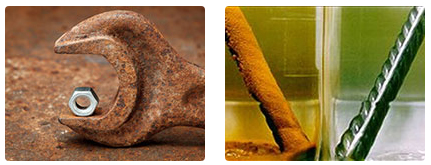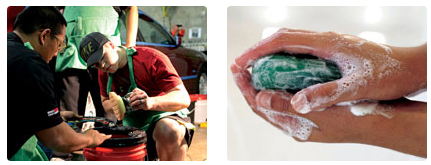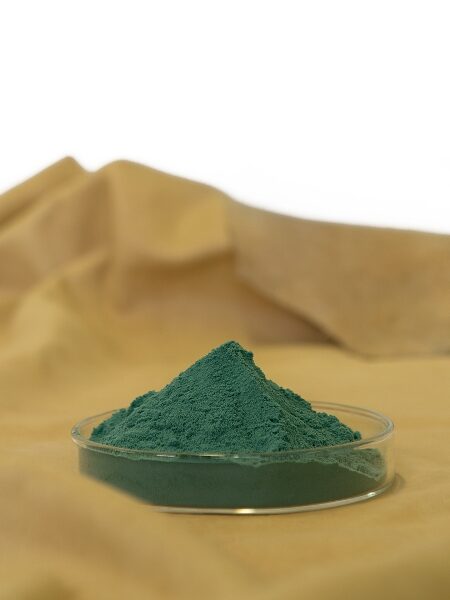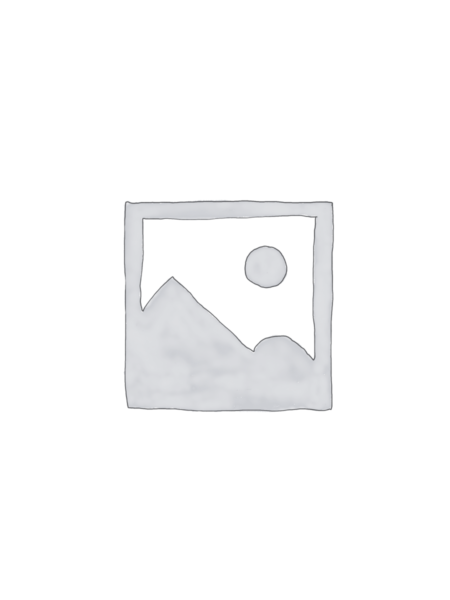Morpholine is a colorless, mobile, hygroscopic, liquid with a characteristic amine-like odor.
It is completely miscible with water and large number of organic solvents, and is itself a solvent for a large variety of organic materials, including resins, dyes, waxes, shellac and casein.
Morpholine is an extremely versatile chemical with many important applications.
It is used an intermediate in the manufacturer of rubber chemicals and optical brighteners. It is also used extensively as a corrosion inhibitor in steam boiler systems.
Fatty acids derivatives of morpholine are used as emulsifiers in the manufacture of waxes polishes.
Other derivatives have found applications As bactericides pharmaceutical chemicals, and antioxidants for lubricating oils.
Morpholine derivatives are particularly useful in the textile industry, where they are employed as textile lubricants and sizing emulsifier.
Chemically morpholine is an amino ether. The ether function of the molecule is typically inert and most of the reactions of morpholine involve the secondary amine group.
Introduction of Rock Chemical Company as a manufacturer of morpholine on the metoree websiteSpecifications
The following sales specifications are subject to change without notice. Appropriate analytical procedures for these specifications may be found to the right.
| Appearance | Clear liquid, substantially free from suspended matter |
| Color, Pt-Co scale | 15 max. |
| Morpholine, wt. % | 80 min. |
| Water, wt. % | 20 max. |
Method of Determination
ST-30.1
ST-30.12
ST-35.77
ST-31.53 Procedure 6
Analytical Procedures
Abbreviated forms of the standard methods of test for use with morpholine specifications are presented here. Copies of the methods in detail are available from our Technical Services Section in Austin, Texas, upon request.
APPEARANCE (Method No. ST-30.1) is determined by visual inspection of DIGLYCOLAMINE agent in a 100-ml tall-form Nessler tube.
COLOR (Method No. ST-30.12) is determined visually in a 40-ml tube with APHA color disc standards, or in a 100-ml tall-form Nessler tube with liquid platinum cobalt (APHA) standards.
MORPHOLINE ASSAY
(Method No. ST-35.77) is used to determine morpholine and impurities by gas chromatography.
WATER (Method No. ST-31.53) is determined by the standard Karl Fischer method, the end point being detected electrometrically.
Applications
Corrosion Inhibitors
Morpholine is widely used as a neutralizing amine in combating carbonic acid corrosion in condensate return lines of steam boiler systems. The morpholine volatilizes with the steam from the boiler and condenses when the steam does, thereby affording protection to the lines, which otherwise would be subjected to corrosion by the carbonic acid present in the steam condensate

Morpholine vapors protect silver and other metals against corrosion and tarnish by acid fumes, such as sulfur dioxide and hydrogen sulfide. The morpholine is supplied by evaporation from solution in a solid, such as camphor, or by sublimation from morpholinium N,N’-oxydiethylenecarbamate. Morpholine is a component of a corrosion inhibitor system that prevents decomposition of a chlorinated hydrocarbon in a composition containing the chlorinated hydrocarbon and a large amount of water. Corrosion of metal aerosol containers and valves can be prevented by the use of low levels of morpholine. Morpholine is one of several amines employed as phosphates for inhibiting the corrosive action of greaseproof paper on steel and other metals. Di-4-morpholinyl polysulfides have been claimed as corrosion inhibitors to be added to mineral lubricating oils. Turbine oils, especially, are quickly contaminated with water, and to protect the machinery against rusting, 4,4′-alkylidenedimorpholines and poly (4-morpholinylmethyl) phenols have been used. Storage tanks, pipes, and other devices for handling petroleum distillates must be protected against corrosion, and for this purpose 4,4′-butylmercaptomorpholine, morpholinium mahogany sulfonates, and morpholine in conjunction with ammonium mahogany sulfonates have been suggested.
Wax Emulsifiers and Surface-Active Agents
When morpholine is reacted with fatty acids, it forms soaps possessing excellent emulsifying properties. The oleic soap is a particularly important emulsifier used in the formulation of self-polishing waxes and polishes. One of the main advantages of morpholine-based emulsifiers is the similar boiling points of morpholine and water.

When the loosely bound fatty acid-morpholine compound breaks down, the morpholine component evaporates at approximately the same rate as the water. Consequently, the resultant wax film is left dry and void of morpholine, and is then highly water resistant. This is a very desirable feature in household and automobile waxes and polishes. The reaction products of morpholine and tung oil or linseed oil have been found to be good emulsifying and dispersing agents. Also, the quaternary alkyl ammonium sulfates of Mannich bases from morpholine and mono- or polyhydric phenols have been patented as emulsifying and wetting agents. A number of other morpholine-containing compounds have been used as wetting agents, and it is said that morpholinium linoleate is an especially good surface tension depressor for use in rust-preventive compositions because it tends to harden the rust-preventive film. The morpholine salt of a polymeric maleamic acid has been used in compositions for coating paper, cloth, etc. Small quantities of morpholine have been incorporated in fireproofing materials, and the stability of certain asphalt emulsions has been improved by the addition of morpholine. This amine has also been used as an equalizing and dispersing agent in dye baths and printing pastes, and its quaternary alkyl ammonium sulfates have been patented as general surface-active agents.




